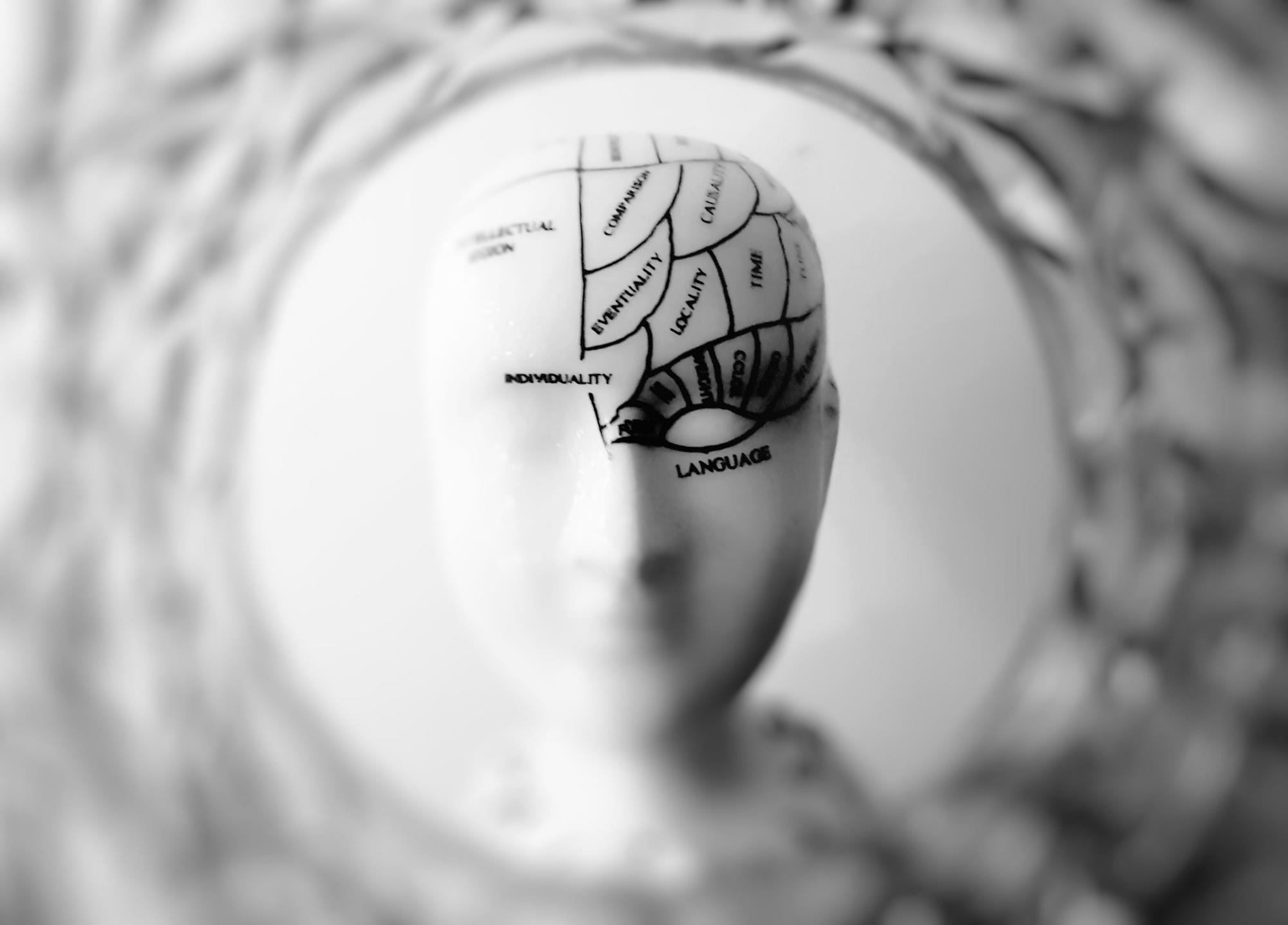Counselling in Twickenham and Whitton Counselling
Right now I am offering Counselling in Twickenham and Counselling in Whitton. I am offering online counselling to suit people who need help with anxiety, stress and couples counselling during this period of ‘social distancing’. This includes offering mindfulness practice for learning how to regulate anxiety and stress.
Mindful Practice – how to get out of ‘panic’ mode
Feelings of anxiety are always triggered in the body first. The body is wired to survive, so your brain is constantly scanning inside-and-outside the body for signs of threat. – pain, disease, hunger, an angry bear, or a man with a club. It’s the same for humans in modern society, when our primitive brain is vigilant, even if we’re unaware of it.
So long before it gets into our mind as racing thoughts, or excessive worrying the body has already been triggered by stress hormones – such as cortisol and adrenalin. And the reason you cannot deactivate the thinking brain from imagining the worst case scenarios, is because the nervous system prioritises threat signals over and above calm rationality. This is not a failing of the human being, it is the biology of survival in the nervous system.
When the amygdala in your brain senses danger, via the five senses, it releases neurochemicals to put the body in a state of high alert. Immediately, the body is flooded with a cascade of stress hormones such as cortisol and adrenalin.
Fight, flight and freeze response
This fires up a ‘fight, flight and freeze response’ via the sympathetic nervous system and triggers a faster heart rate, shallower breathing, higher blood sugar levels and mobilises your muscles for survival mode. For modern humans this can happen even when there is no real danger, just the churning of your imagination. Distressing memories of not feeling safe in the past and anticipating future scenarios is enough.
Usually, however, we have learned to live with stress and ignore it. We might suffer in a modern environment from sensory overload, incessant noise, conflict in relationships, sleepless nights, high-pressure decision-making.
There may also be chronic but low-level stress stimuli in your environment – such as noise, artificial light, poor diet and pollution, but not necessarily a person threatening you. Some triggers go undetected and take you by surprise, especially when you’ve learned to suppress them.
Constant tension
A constant background of tension and conflict at home can also make you edgy. Even picking up on negative facial expressions and voice tones, can send threat signals, alerting you to situations where you don’t feel safe.
It is often the internal alarm of your nervous system that causes feelings of dread and urgency. Not our thoughts. You may be deceived into believing over-thinking is the problem, but our cognitive-thinking brain is the last part of the nervous system to kick into action. Thoughts don’t harm us, feelings do – pain, a racing heart, shortness of breath, tension in the neck and shoulders.
When all your senses go on into overdrive, trying to interpret incoming stimuli for signs of threat, even signals from memories, or worries about the future can trigger these hormones.
Chronic anxiety can even cause some respiratory difficulties, gastro-intestinal inflammation, gastric reflux, asthma, high blood pressure, spinal misalignment and restless leg syndrome.
In order to tone down the threat message, you must become more sensitive and aware of the body’s sensations, which is informing you of the problem direct. Then learn to go into your body and regulate the stress hormones; not focus on resolving your thoughts. No matter how many solutions you find and no matter how logical you are, thoughts cannot change the way you feel.
The direct route to calm is via your nervous system.
If your in an anxious state your nervous system needs to be regulated first. With slow, deep breathing you can reduce your panic. Deep breathing via your diaphragm stimulates the vagus nerve.
The vagus nerve is wired to deactivate your ‘fight-and-flight response’. And your lungs are the only organs which you have any voluntary control over. You cannot make your heart to slow down, or you adrenal glands to stop producing cortisol, or bring down your blood sugar levels. But you can regulate your breathing to stimulate the vagus nerve and deactivate stress.
First:
Breathe. Then listen to the stirrings of your of your physical sensations – pain, tension, relaxation and heat etc. pay attention to your heart rate and breath. This may be a little uncomfortable for you in the midst of panic, but you need to focus attention on your breath without fighting it, if you can. Once you can body-scan – you can be mindful of breathing, grounding, stretching and exercising to relieve anxiety.
Second:
Slow your breath right down and use your diaphragm to deepen your breathing motion. There’s no need to count your breath, or hold it too long. Unless you’re light headed and hyperventilating (then you need to breathe in a paper bag). It is vital to breathe in and out slowly.
Place your right hand on your belly and feel it moving up-and-down. Sit with an upright posture, grounding your feet for stability. Or sit on a chair and let your shoulders raise up and down as you breathe.
Close your eyes. Trust your breath to breathe itself with an easy, gentle rhythm. Track the sensation of your breath, as it moves through your airways. Remain with your awareness focussed on your breath throughout the process.
It is impossible to empty your mind, so try not invite any thoughts, or fight them. Instead, acknowledge your thoughts and let them rise to the surface of your mind, then vanish like bubbles. Do your best not to follow thoughts. As soon as you find yourself distracted, bring your attention back home to the sound of your breath. Eventually, you should feel yourself relax.
Third:
If you’re feeling tense, especially in your neck, back and shoulders, or restless in the lower legs, try stretching exercises. You should try a number of stretching exercises over a period of 15 minutes. After a while you begin to release your muscles and ligaments, free from any tension or fore-shortening. As well as, using grounding techniques to bring yourself back into the here-and now.
Fourth:
If you’re feeling very restless and agitated you need to try a walking-breathing-meditation to discharge the build-up of stress. Agitated limbs and muscles will not rest until you work off the adrenalin, cortisol and lactic acid in your system. Practising yoga, tai-chi, walking and running are good ways to create a feeling of flowing movements.
Please feel free to contact me for Counselling Twickenham over the internet, online or phone. You can have online counselling over Skype with me at www.endingmind.co.uk . I can guide you through mindful practice and exercises that help you self-regulate anxiety and panic.



